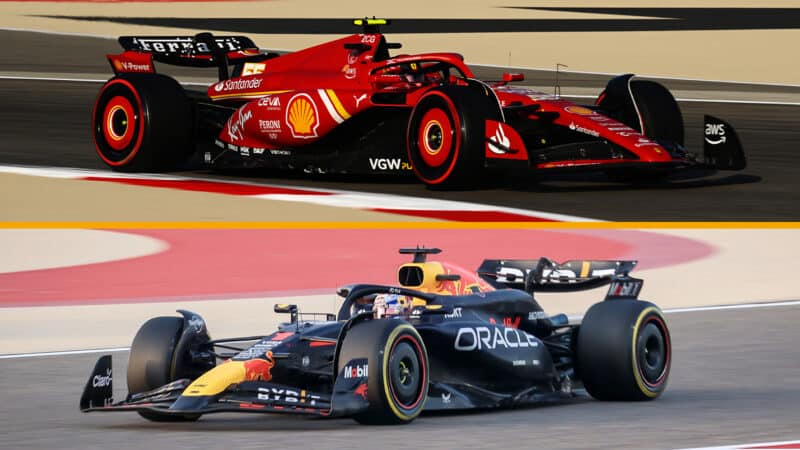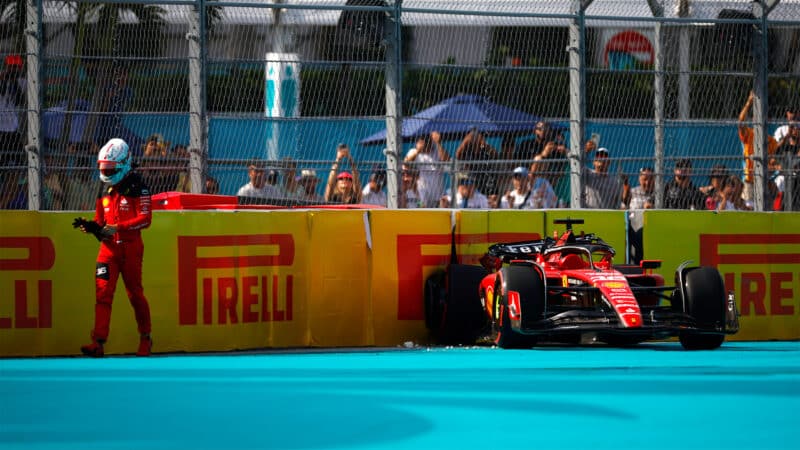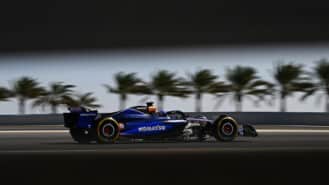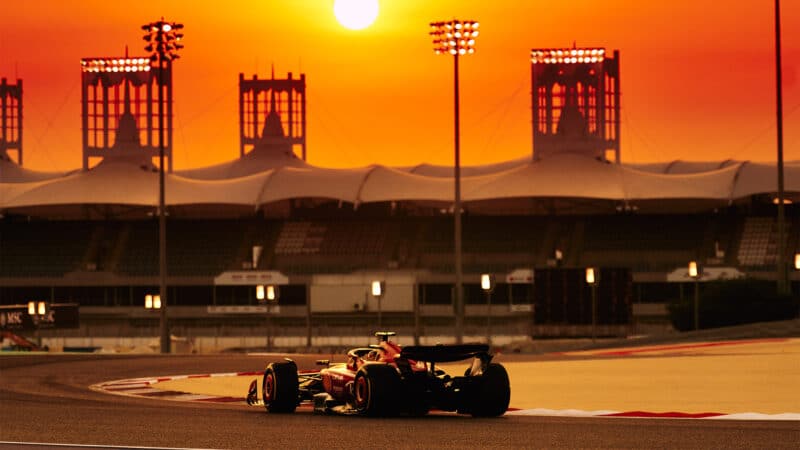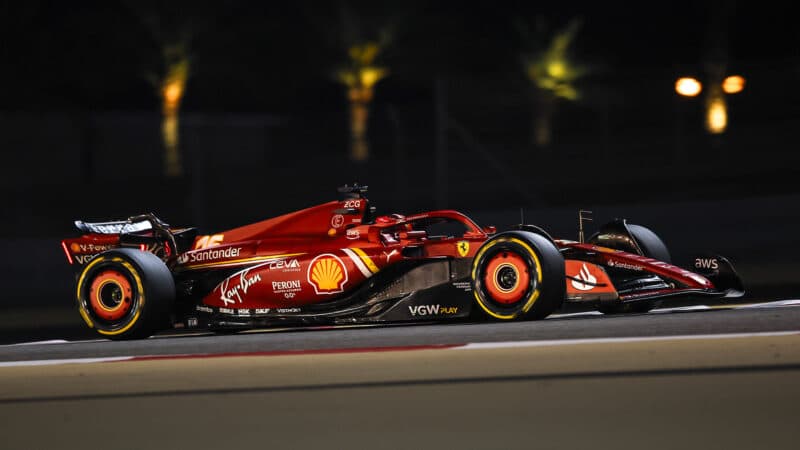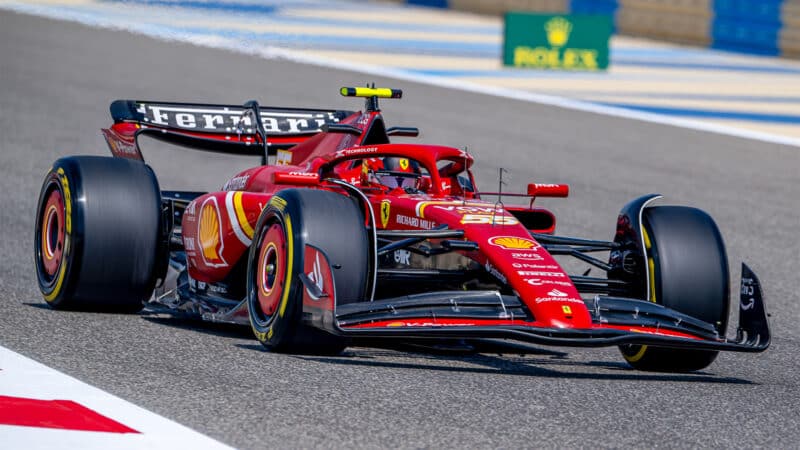Cardile explained it as being, “Down to the shape of the aero map. Intrinsically, every F1 car when you apply yaw loses downforce. It’s related to tyre wake management. The problem is how much do you lose? The wind is an amplifier of the yaw. So the more you lose in yaw, the more you’ll suffer from wind. Related to this is the driver confidence and how peaky the performance is. With the right condition, you have more performance but a certain type of corner with the wind, the driver doesn’t know when the gust will happen.”
The aim with this car, which has surrendered the fat sidepod fronts of the previous two cars, has been to, “Take on board what the drivers have told us and turned those ideas into engineering reality with the aim of giving them a car which is easier to drive and therefore easier to get the most out of and push to its limits. We did not set ourselves any design constraints other than delivering a strong and honest racing car which can reproduce on the race track what we see in the wind tunnel.”
So there is no soaring ambition built into the concept of this car. Rather, it’s an attempt at a good hygienic car without vices based around aero principles now well-established elsewhere. This seems to have been achieved if its form in testing is any guide. It has a good driveable balance, it’s no longer chewing its tyres (although we await to see how it does around a track more demanding of the fronts rather than the very rear-limited Sakhir circuit) and although it still looks a very lively drive on low-fuel, both drivers are reporting that there’s no malice in that liveliness. Unlike last year. They can drive it like that quite comfortably. There is lap time in that level of confidence.
